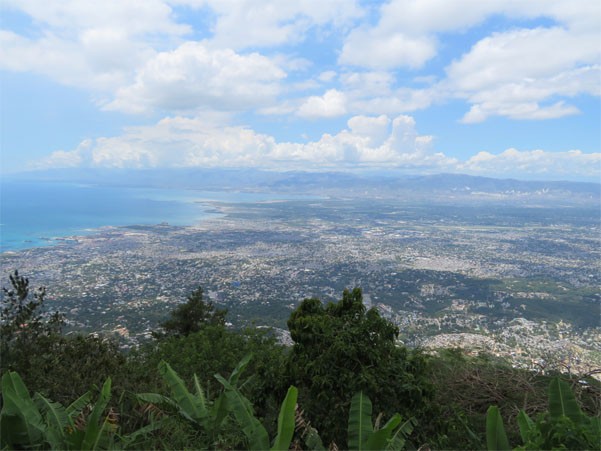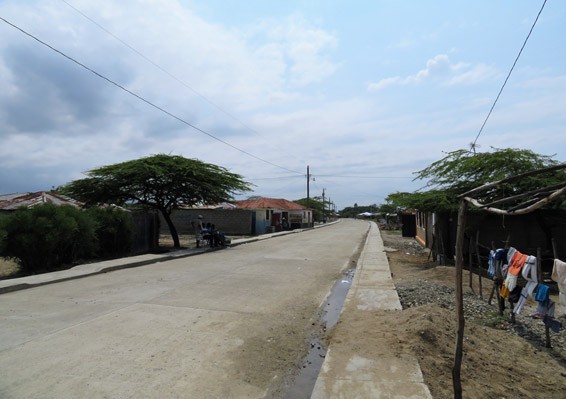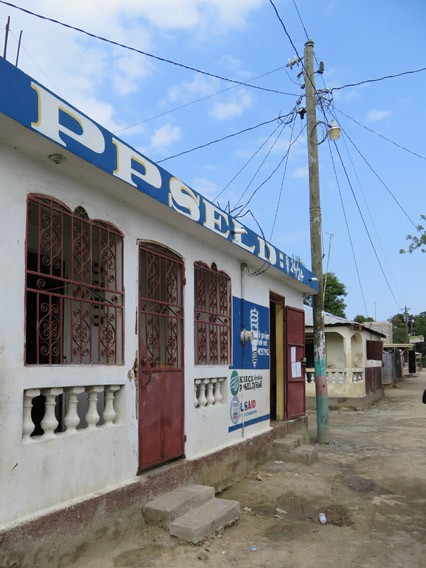
In response to the devastating earthquake that hit Haiti in 2010, the U.S. Government (USG) committed to significant assistance to help transition the country from disaster relief to a long-term development plan. Investments in energy aimed at spurring Haiti’s capacity to attract international investment through infrastructure projects included the Caracol Power Utility (CPU) located within the Caracol Industrial Park (CIP). A primary USG contribution to the CIP has been the construction and initial management of the CPU, an on-site, 10 megawatt (MW) dual-fired power plant that provides 24-hour electricity to CIP tenants and neighboring communes serving roughly 8,000 residential and commercial customers. Some of the neighborhoods served by CPU are receiving electricity for the first time. The CIP, operating since 2012, is a mixed-use manufacturing facility located in the Commune of Caracol in the Northeastern Department of Haiti.

In all communes served by CPU, collection rates have remained high, at over 90%. USAID’s Pilot Project for Sustainable Electricity Distribution (PPSELD), has a strong community relationship in each of the communes served and maintains an office in each, where customers can come with questions, concerns, and to pay their bill.
The USAID SRUC program has worked with USAID/Haiti and the Government of Haiti (GOH) to assess the feasibility and facilitate the establishment of a public-private partnership (PPP) for the sustainable, long-term management of the CPU.
At the outset of this work, the SRUC team created a series of financial, operational, and technical tools for a feasibility analysis of the CPU’s current and future operations to prepare for the eventual tender of the CPU. This included a cost of service study, an asset registry, potential expansion options for CPU in surrounding communities, and a feasibility study. In the second phase of the work, the SRUC team has been working directly with the GoH to advise them on best practices for a transparent, competitive tender, private investor outreach, and contract structure for this high- performing electricity asset.

As part of this effort, the SRUC program organized a half-day workshop in September 2016 to provide best international practice training for GOH employees. The training focused on the following topics:
- Lessons Learned from the “Caracol Model;”
- Mechanics and Implications of Using a Variety of PPP Models;
- Examples of Leading International Competitive Procurement Methods; and
- Legal and Institutional Issues Relevant to the CPU PPP.
The two-day workshop included representatives from various government entities, including: the Ministry of Finance (principally from the Public-Private Partnership Management Unit); the Energy Cell of the Ministry of Public Works, Transportation, and Communications; Haiti Electric Utility (EdH), and the National Society of Industrial Parks.
In April and May of 2017, SRUC ran a series of workshops and consultative sessions related to specific steps of the tendering process based on international best practices for the sector and region. Key topics of discussion included:
- Bidder financial and technical criteria;
- Investor incentives and responsibilities;
- Continued expansion requirements to grow the number of Haitians with access to 24 hour electricity; and
- Communication and information sharing with bidders.

Currently the SRUC team is working with key individuals within the GoH and the sector at large to identify the most qualified potential investors and to help the GoH put in place the foundation for a best practice international tender, including potential fiscal incentives, advertising strategies, technical components, and government commitments. The tender is scheduled to launch mid-May, at which point potential investors will be free to submit Expressions of Interests and the transparent and competitive bidding process will begin.







Comment
Make a general inquiry or suggest an improvement.